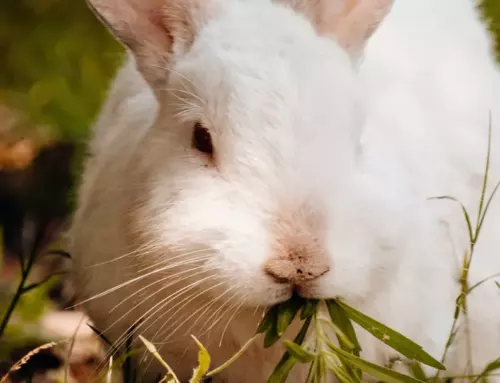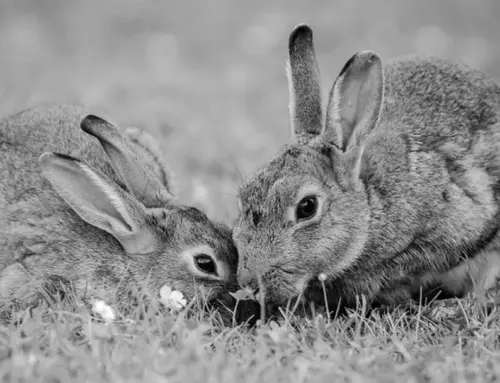Ever wonder why your pet rabbit is unable to find the treat you just placed in front of her yet can notice a movement to its side from hundreds of feet away? Or wondered can rabbits see in color? Bunnies, sometimes known as rabbits, are a subfamily of the Leporidae. Rabbits are something that we have all seen, and some of us have even petted them. These cute, little animals with fluffy coats.
Find out what the rabbits see in the world. Do rabbits have color vision? Do rabbits have a vision at night? How perceptual are they? answers to every one of these queries. Rabbits see the world in blue and green tones. They are unable to distinguish between various red hues.
However, they have a number of other visual skills that give them an advantage over human vision, and their eyes have evolved as prey, not predators. Later on in this post, we go into greater detail about “can rabbits see in color.” So let’s get started without further ado.
Are Rabbits Color Blind?
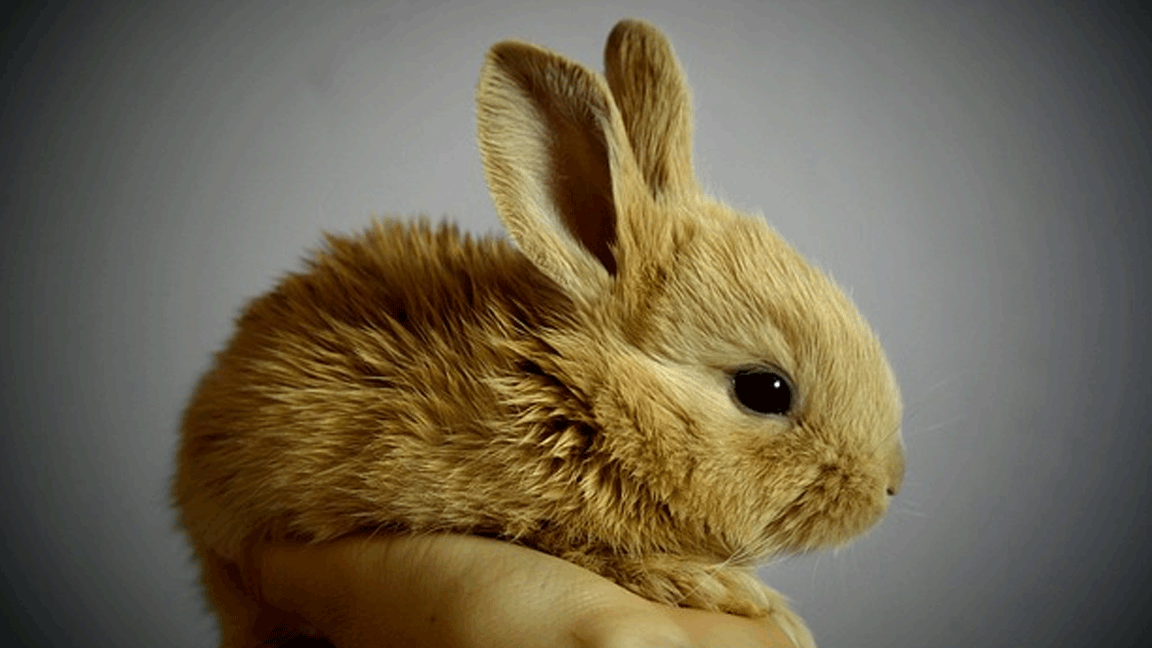
The rods and cones that make up a component of a rabbit’s eye allow us to identify whether it is capable of seeing in color. Cones contain the pigments necessary for color vision, in contrast to rods which do not. In comparison to 18,000 cones per square mm, a rabbit’s eyes have 300,000 rods per square mm, which is more rods than cones.
Red light does not affect the cones’ sensitivity, while green and blue light does. While some areas of the retina are dominated by blue cones, the majority of it is made up of sensitive green cones. The rabbit can tell the difference between blue and green but perceives all other colors as grey.
Can Rabbits See In Color?
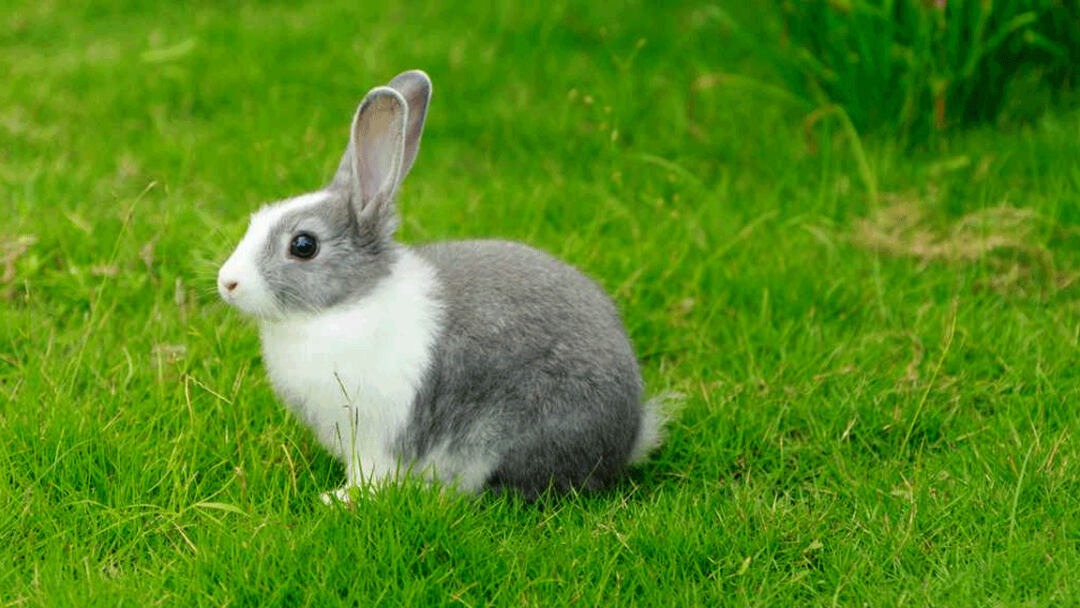
Rabbits can distinguish colors in various blue and green tones. They can perceive some colors. Although their eyes can distinguish between hues, they are not as well as human eyes. We are trichromats, which means that the cones in our eyes only respond to the colors blue, green, and red. Because of this, we can identify millions of different color shades within the visible spectrum, which spans the wavelengths of 380 nm to 750 nm.
Bunnies, on the other hand, are dichromats, which means that the cones in their eyes exclusively respond to the colors blue and green. As a result, they are able to identify different hue variations within the 425–520 nm color spectrum. The illustration of the color tones that rabbits can distinguish is attached below.
Everyone can picture what colors bunnies can capture by looking at the image above. They are protanopic creatures, which means they are colorblind to red. People who are color blind to red can experience the world as bunnies do.
A comparison of human and rabbit vision
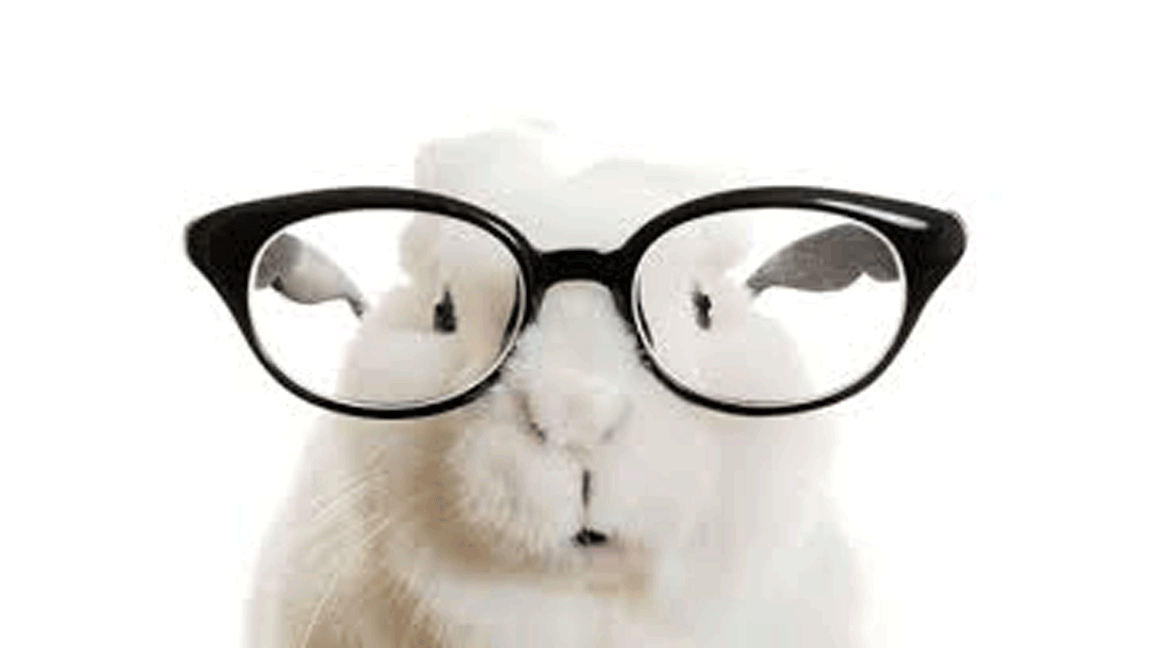
The various features of a rabbit’s eyesight have been discussed, along with how it differs from the human eye. Here is a list of how the human eye and a rabbit’s vision differ from one another:
- Field of vision: Because their eyes are situated on the sides of their faces, rabbits have a significantly wider field of vision than humans do.
- depth of view: Humans can primarily see in three dimensions thanks to their binocular vision, but rabbits mostly use their monocular vision to keep an eye out for predators and have a more restricted binocular vision.
- Cones: Compared to humans, rabbits have around 100 times fewer cones. Therefore, by human standards, they are colorblind.
- Colors: Humans can mostly see red, blue, and green, whereas rabbits primarily see blues and greens.
- Rods: Humans have around twice as many rods as rabbits do. enabling people to see far better at dawn or dusk.
- Sensitivity: Rabbits are 8 times more sensitive to light than people are.
- Grainy vision: Compared to humans, rabbits have a grainier vision.
Do rabbits have a keen vision?
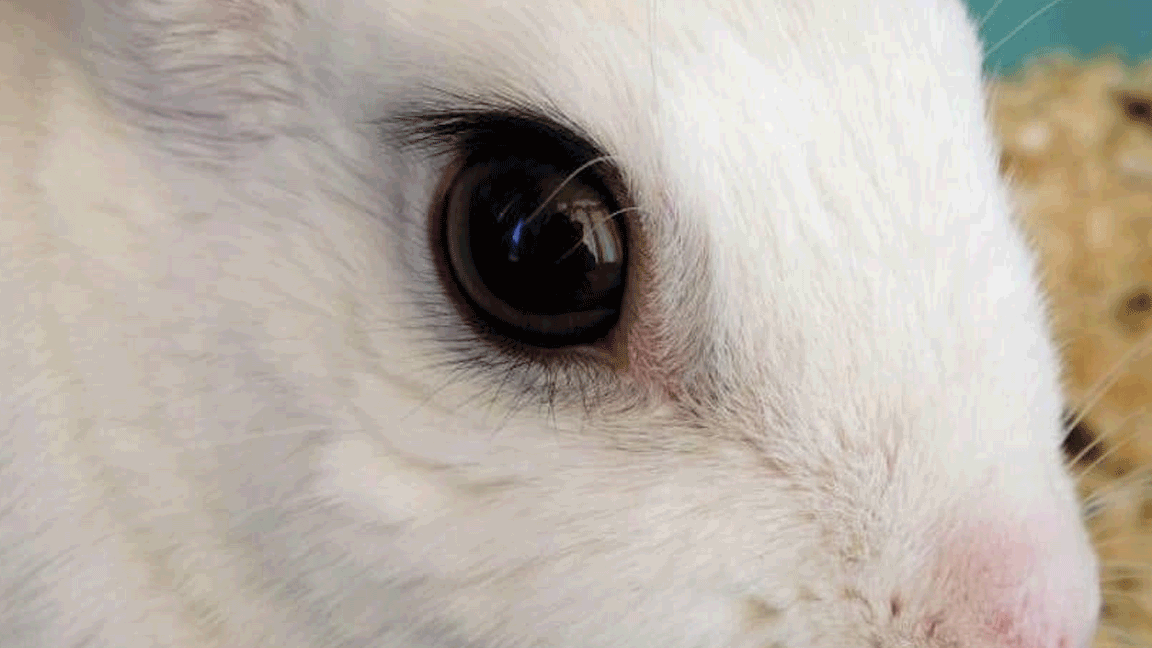
Rabbits live in the wild as prey animals. This shows that they are regularly pursued by and captured by predators for food. Predator animals have a deeper depth of field to aid in capturing their prey, while victim animals have a wider field of view (sideways) to help them avoid predators (straight ahead).
Rabbits have a wide field of vision, which is ideal for their function in the wild even though they don’t have as good eyesight as humans do for close-up viewing. Animals that hunt prey need a wider field of vision than they do binocular vision. This is because they are constantly attacked from multiple directions and need to be quick to spot danger in order to escape and survive.
Do rabbits have a vision at night?
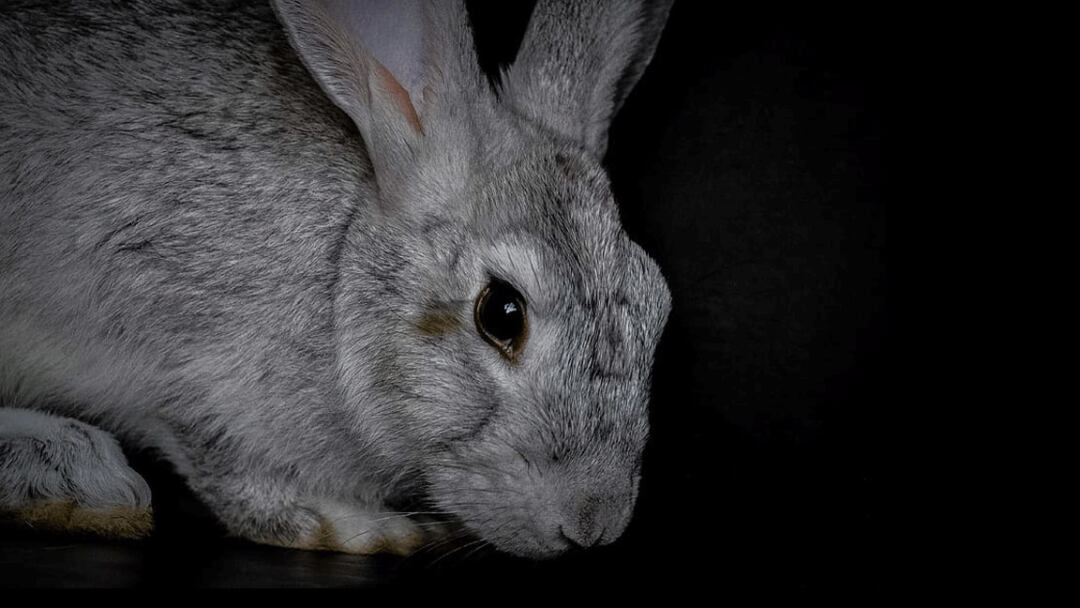
Rabbits have nearly twice as many rods as people do, as we’ve already indicated. Because of this, they have much greater night vision than we have. Rabbits, however, do not sleep at night. They really have better vision in the morning or after dusk because they are crepuscular animals. This is how their numerous rods, combined with their blue and green cones, help them spot any nearby predators.
Rabbits are also known for being sensitive to direct sunlight because of their limited capacity to contract their pupils. Rabbits have a centralis as well, but it is not indented like the human eye’s central, which is a tiny region. Because of this, rabbits’ vision in the light is somewhat hazy. Actually, compared to humans, rabbits are 8 times more sensitive to direct light.
Conclusion
These animals cannot perceive color in the same way that we do, and their eyesight is inferior to ours because they have fewer photoreceptors than people. As a result, their vision has poor resolution.
However, your presence or that of their predators can be detected thanks to their abilities to sense movement, scent, picture, and sound. They can readily survive in the jungle because to this unique adaption.


